Why does Child Labour still exist?
by Amaan MALHOTRA


1. Where does it occur?
1.1. It occurs in many countries
1.2. Top 11 worst
1.2.1. 11. Nigeria
1.2.2. Burundi
1.2.3. Yemen
1.2.4. Zimbabwe
1.2.5. Pakistan
1.2.6. Afghanistan
1.2.7. Sudan
1.2.8. Myanmar
1.2.9. DR Congo
1.2.10. Somalia
1.2.11. 1. Eritrea
2. What do kids have to do in it?
2.1. Mining
2.2. Glass Factory
2.3. Agriculutre
2.4. Carpet Weaving
2.5. Making footballs
2.6. Automobile workshops
2.7. Stone/marble cutting
2.8. Mixing pesticides
2.9. Deep fishing
2.10. Hotelwork/ textile factory work
2.11. Street work
3. When did it start and when was it most/least popular?
3.1. It started in the mid 1700s to the early 1800s
4. Who are some kids that escaped?
4.1. Iqbal Masih
4.1.1. Born in 1983
4.1.2. His family was very poor
4.1.3. Got put into child labour and escaped but got caught, and then escaped again
4.1.4. Attended a conference and had a two year education
4.1.5. Helped 3,000 kids escape child labour
4.1.6. Got assassinated in 1995
5. How are the kids taken?
5.1. People pay their parents money for the kids
5.1.1. On average they pay about $20
5.2. Sometimes kids are tricked into coming without their parents knowing
6. What companies use child labour?
6.1. Nestle
6.2. H&M
6.3. Walmart
6.4. Victoria's Secret
6.5. Gap
6.6. Disney
6.7. Forever 21
6.8. Hershey's
7. What is child labour?
7.1. Sometimes they work because they have to earn money for their family.
7.2. Sometimes they are taken to go work and their families don't know where they went and what happened.
7.2.1. When they are taken they are sometimes taken to different countries to work.
